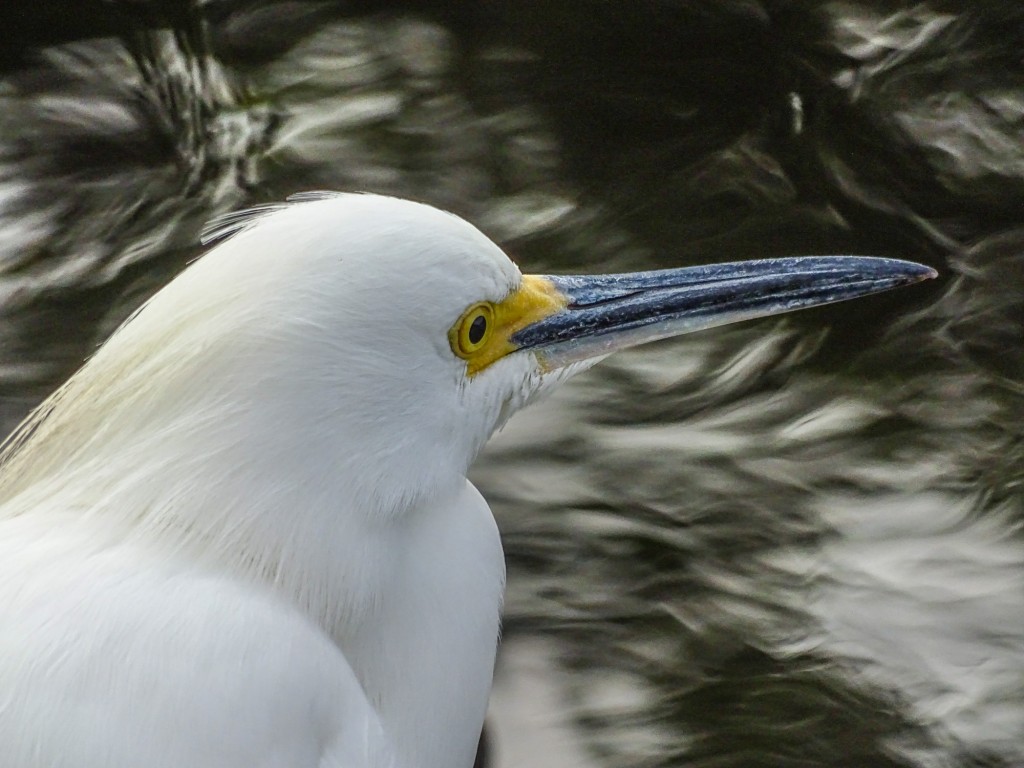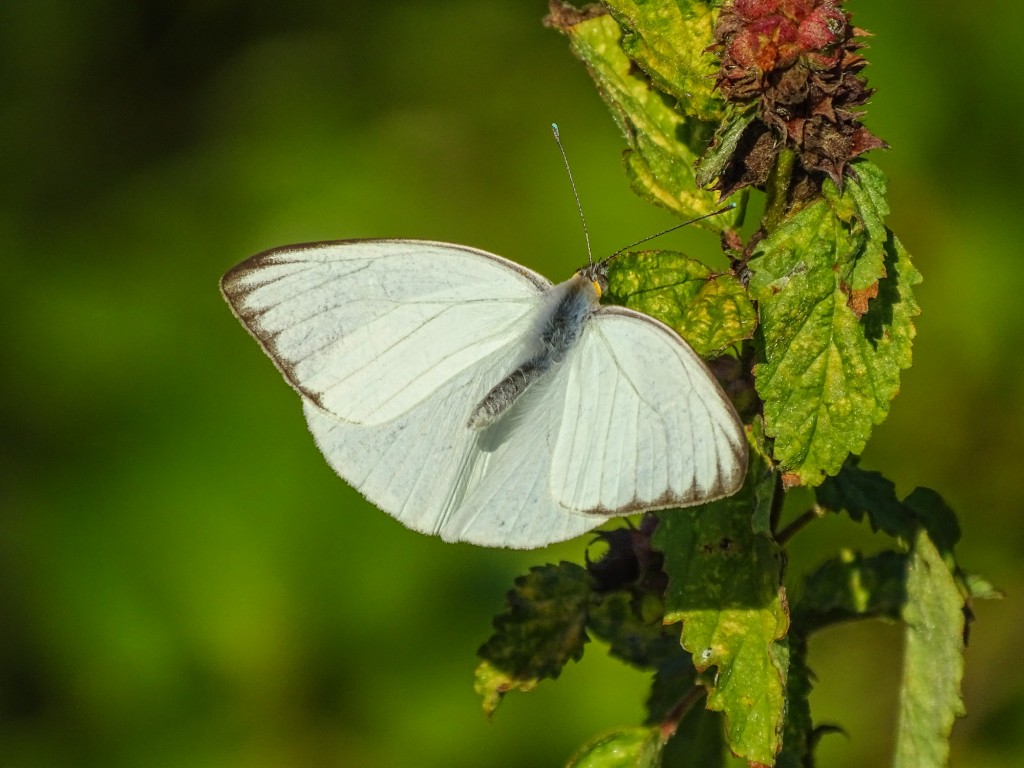I will admit to not being nearly as sensitive to background in my wildlife and nature shots as I should be. On the other hand, there are always two ways to become known for your photography. 1) you can work very carefully, and develop great skill in waiting for exactly the right light and working the angles for the perfect background on every shot you take…or 2) you can shoot a lot…all the time…every time you get any kind of chance at all…and then be very selective in what you show to other people 🙂 Either method works…and most honest photographers will tell you that their success rests on a combination of the two. It is important to be able to take an exceptional photograph when the opportunity comes your way…and to be able, within the limits of what nature offers, to create that opportunity when ever you can…but it is just as important to shoot all the time, to shoot a lot, a lot…and to learn to recognize the exceptional shot when you come to process it.
Either way, background has to figure into your calculations. By background I mean whatever is behind your subject…or whatever fills the space in the frame not occupied by the focus of your attention. It if it a picture of a bird, it is everything that is not the bird. If it is a picture of person or an elk, it is everything that is not person or elk. Etc.
Take the two images that lead the post here. It is the same Green Heron, taken from the same boardwalk…Anhinga Trail at the Royal Palm Visitor Center at Everglades National Park…moments apart. The difference is that I re-positioned myself and my camera a few feet down the boardwalk for the second shot in order to get a less cluttered background. I wish I could say it was a conscious choice…but honestly, I was just experimenting with different angles, and noticed the different effect of the background only while processing the images.
And the difference here is not as dramatic as it might have been. There are things I like about both images.
But take this comparison.
Here I am much less ambivalent about which is the better photo. I far prefer the contrasting, uncluttered background of the second shot. The second shot also displays an effect referred to, in photographic circles, as bokeh. Bokeh is the Japanese term that is used to describe the visual structure of the out of focus portions of an image. We say an image has nice bokeh when the out of focus background is pleasing to the eye. Pleasing to the eye, of course, is a judgement call, but there seems to be quite a bit of consistency in the way the term bokeh is used…which leads me to believe that we humans tend to agree, for the most part, on what kind of background is pleasing. An out of focus background that shows some abstract pattern, but not so much as to be distracting, seems to get the most consistent praise.
These are two very similar images taken of the same species of bird miles apart. One is from the Anhinga Trail at Royal Palms, the other is from Shark Valley, both in Everglades National Park. The difference between them is subtle…but it definitely hands on the background.
One more really obvious example, though in this case I could have done nothing about the background in either image. I was shooting from the car for the first image, across the passenger, and the bird was on the ground, so my options were limited. The second bird was simply perfectly posed on a post beside West Road in Shark Valley and sat there while I stopped my bike and got off a short burst of images, before flying away. There was no chance to reframe in either case.
Obviously, if you have a choice, maneuvering for a less cluttered background should be part of your photographic habit. A few steps right or left, or a shift in angle up or down…or both…is often all it takes. This is the same spider at Shark Valley, from just a slightly different angle.

Sometimes it is totally the background that makes the shot, as in this image of a Snowy Egret at Shark Valley. Until I pressed the shutter and reviewed the image, I could not see the pattern that the light on the moving water made in the background, and it did not really come up until processing in Lightroom. But I have to tell you I was really happy to see it there!
The background effect is just one more thing to think about while shooting and while processing…but giving it the attention it deserves will improve your images and repay the effort. Eventually someone is going to say “nice bokeh” when you show them a shot (if you have any photo-geeks among your friends at all), and you will be able to say, “Yes…I worked hard to get that!” or, at the very least, “Thank you!”










